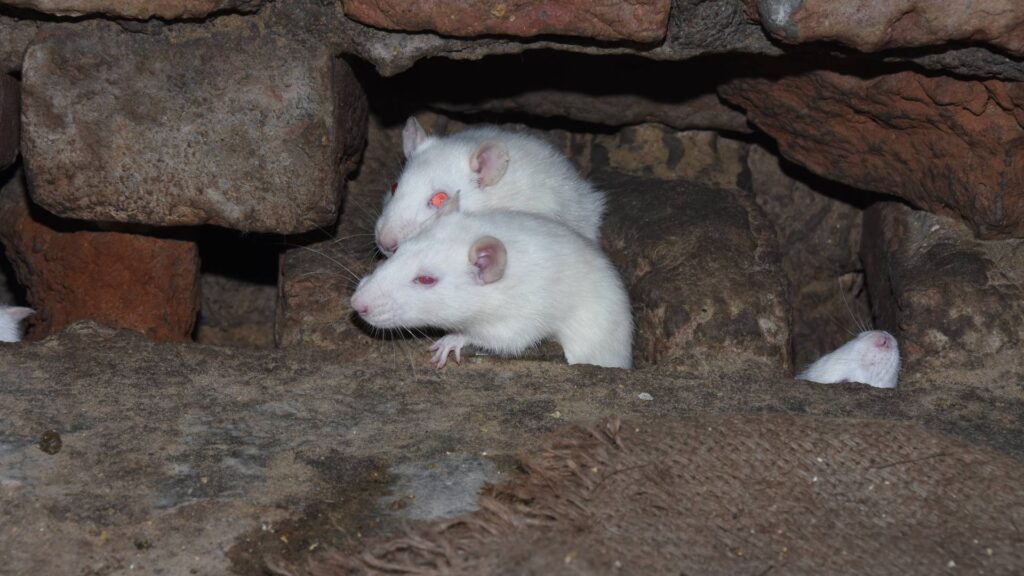Table Of Content
ToggleEver stumbled upon a tiny, neatly rounded hole in the corner of your home and wondered, “How on earth did this get here?”
You might think it’s the work of a mysterious entity, but the real architects are much smaller and furrier than you’d expect. As a seasoned pest control expert, I’ve seen firsthand the surprising capabilities of mice and their knack for interior “design.”
Today, we’re delving into the secret world of mice and how they create those perplexing holes in walls, shedding light on their methods, motives, and how to keep your home rodent-free.
Mice, with their flexible skeletons and sharp incisors, are natural-born excavators. Here’s how they turn your walls into their passageways:
Secure Your Space: Our Rodent Control Solutions Await!

Understanding why mice invade our homes offers insights into preventive measures:
Say Goodbye to Unwanted Rodents – Let Us Clear Them Out!
Keeping mice at bay requires a multifaceted approach. Here are some tips to fortify your home:
Achieve a Clean, Safe Home: Call Us for Rodent Removal!

As a pest control expert with years of experience, I can tell you that the best offense is a good defense when it comes to mice.
By understanding how these tiny intruders make their way into our homes and what drives them, you’re better equipped to prevent their unwelcome renovations. Implementing the strategies outlined above can help keep your home mouse-free, ensuring peace of mind and a secure living environment.
Remember, it’s not just about blocking their current paths; it’s about staying one step ahead and making your home as uninviting to pests as possible.
Mice may be small, but their impact on your home can be significant. By taking proactive steps and employing a bit of know-how, you can protect your space from becoming a mouse playground.
To get rid of mice in your wall, start by setting up traps near the entrance points and consider using bait such as peanut butter. Ensure regular inspection of traps, and if the problem persists, seek professional pest control services. Sealing up entry points and removing food sources can also deter mice from settling in your walls.
To block mice from holes in walls, use steel wool or metal mesh to fill the openings, and then seal them with caulk or plaster. This method is effective because mice cannot easily gnaw through these materials, effectively blocking their access. Regularly inspect your home for new holes and maintain these barriers to keep mice out.
Take Action Against Rodents: Our Team is Ready to Assist!
To find holes where mice are getting in, inspect your home thoroughly, focusing on areas where walls meet the floor or ceiling, and around pipes or vents. Look for signs of mouse activity such as droppings, gnaw marks, or greasy rub marks, which can indicate entry points. Using a flashlight can help spot small holes or cracks that might be entryways for mice.
Your trusted pest control experts in Southern California. Keeping your neighborhood pest-free!